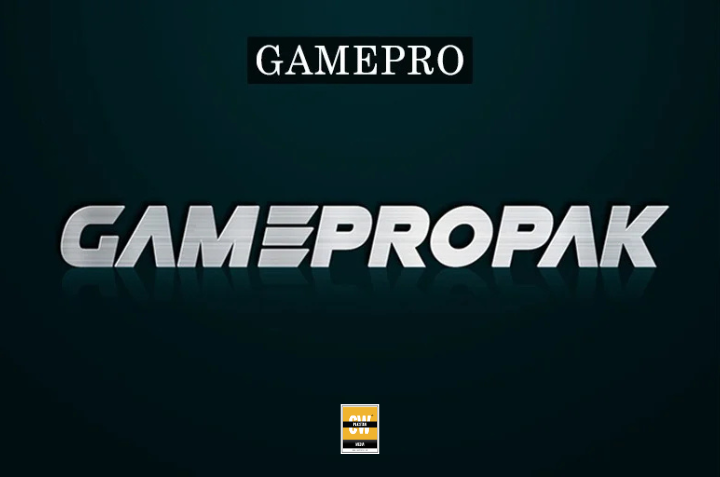Handheld gaming PCs are entering a new era, and it is coming with a noticeable price hike. When Valve launched the Steam Deck more than three years ago at $399, it was seen as an accessible entry point into portable PC gaming. Today, however, pricing for the next generation of devices paints a very different picture. Lenovo has confirmed that its upcoming Legion Go 2 will start at $1,099, with higher-end versions powered by AMD’s new Z2 Extreme processor reaching up to $1,479. The previous generation started at $699, making the jump significant enough to push these systems closer to gaming laptop territory. This shift signals that the category as a whole could be moving toward higher costs, limiting their reach beyond dedicated gaming audiences.
The Legion Go 2’s pricing has sparked debate over whether the value matches the performance. While the device brings features like removable controllers and an OLED display, these upgrades naturally contribute to the higher price point. The cost difference also highlights how manufacturers are positioning handheld PCs as premium devices rather than affordable gaming alternatives. Meanwhile, attention is also on the upcoming Asus ROG Xbox Ally and Ally X, set to release on October 16. Despite the approaching launch, Asus and Microsoft have yet to disclose official pricing or open preorders. Given that the Ally models share comparable specifications with the Legion Go 2, analysts expect pricing in a similar range, potentially above $1,000. Microsoft’s involvement may allow some level of price management, but there is still uncertainty about whether the new Ally can maintain affordability similar to its predecessor, which started at $599.
Spec differences between the Legion Go 2 and ROG Xbox Ally further complicate expectations. While Lenovo offers removable controllers and premium display options, Asus is keeping a more traditional design with an LCD panel. This could prevent the Ally from reaching the same steep pricing as Lenovo’s handheld. Still, the overall trajectory of the market points to higher costs across the board. For gamers accustomed to more budget-friendly handhelds, this transition may require rethinking whether to invest in these portable systems or consider mid-range gaming laptops that deliver stronger performance in a similar price bracket.
Underpinning these devices is AMD’s Z2 Extreme processor, which introduces architectural upgrades, including a move from RDNA 3 to RDNA 3.5 graphics cores alongside enhanced efficiency for battery performance. While this promises better energy management and longer playtime, the performance gains over the Z1 Extreme may not be as dramatic as the pricing suggests. The Z2 Extreme adds four more GPU cores and improved low-power optimization, but it still falls short of the generational leap to RDNA 4. As a result, while users may notice improvements in battery longevity, flagship AAA titles are likely to remain challenging for handhelds to handle at consistent frame rates. This leaves the question of value open: whether extended battery life justifies costs that are approaching mid-tier laptop levels. For now, handheld PCs appear to be targeting a smaller but dedicated audience willing to pay premium prices for portable gaming.
Follow the SPIN IDG WhatsApp Channel for updates across the Smart Pakistan Insights Network covering all of Pakistan’s technology ecosystem.





